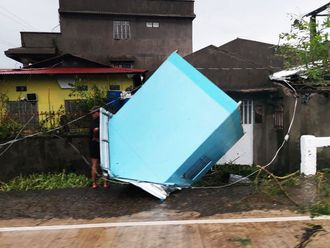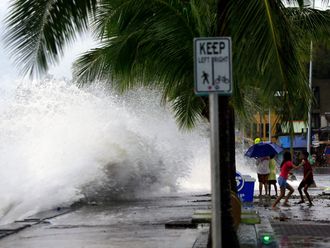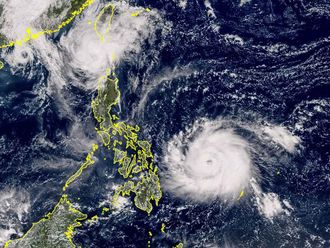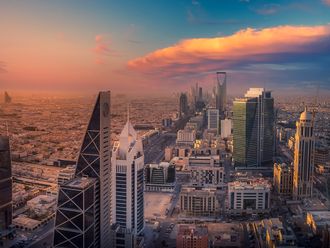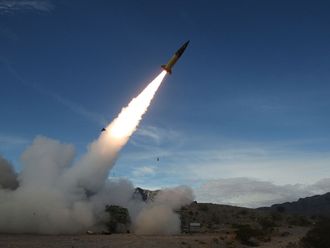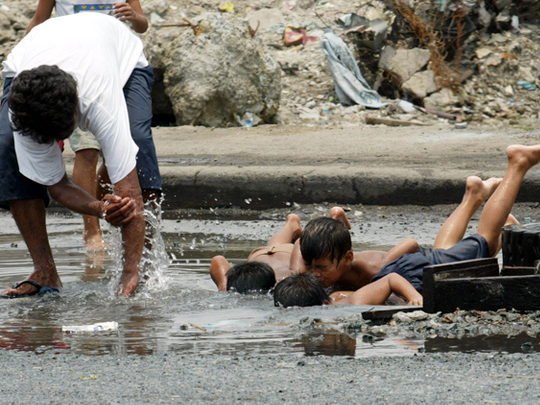
Manila: Metro Manila could face a serious crisis in potable water if the government does not explore other sources of the basic human resource, a lawmaker warned, citing findings of a regional study.
“The perceived abundance of water as a resource, given our climate and geographical location, should not make the government complacent as the progress of industry and the massive urbanisation continue to threaten the supply of potable water in Metro Manila and other urban zones,” Representative Mark Villar of Las Pinas City said, citing findings of a study conducted by the Asian Development Bank (ADB).
The Philippines is an archipelago possessing one of the most expansive coastlines in the world. It has also a pronounced wet season and the country often receives heavy rainfall, yet, despite this, certain densely populated areas such as Metro Manila, periodically experience water shortage.
Villar, through House Resolution 2619, urged the House Committees on Appropriations and the Metro Manila Development to explore the possibility of developing water sources in the capital metropolis and nearby provinces.
“The objective of this measure is to maintain a continuous supply of water and to craft relevant legislation to ensure sustainability of water supply for the welfare of Metropolitan Manila residents,” Villar said.
Citing findings of the study, “Good Practice in Urban Water Management,” by ADB Villar said Metro Manila and other provinces should tap other sources of water to prepare for a situation like a long drought and earthquakes which could damage the dams that are the primary sources of water at present.
Citing data from the Japan International Cooperation Agency (JICA) Master Plan on Water Resources Management in the Philippines, which says that only 1,907 cubic metres of fresh water will be available to each person each year. “The challenge left to the country is for the government to develop new sources of water supply which are capable of sustaining better and cleaner water supply for the people’s consumption not only in Metro Manila but in the entire country,” Villar said.
Aside from Metro Manila, the National Water Regulatory Board (NWRB) has identified eight other water-critical urbanised areas where water is consumed intensively — Metro Cebu, Davao, Baguio City, Angeles City, Bacolod City, Iloilo City, Cagayan de Oro City, and Zamboanga City.



